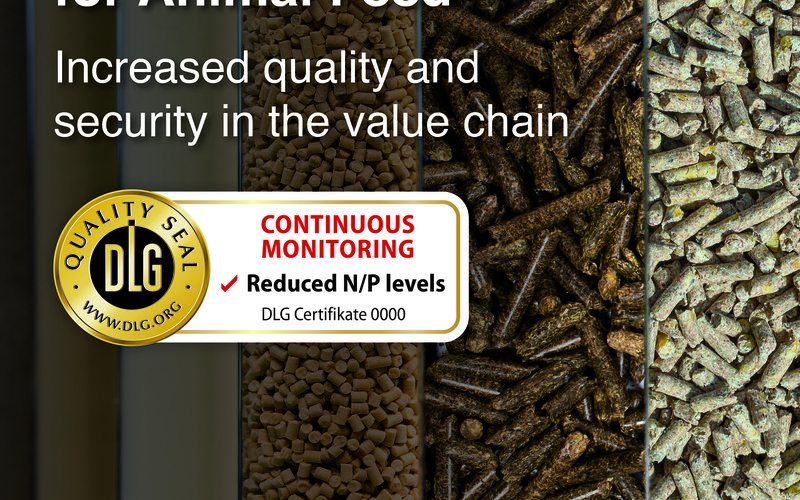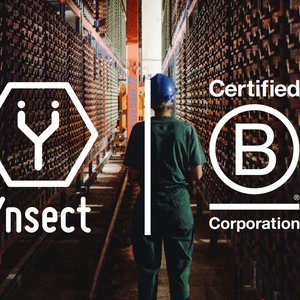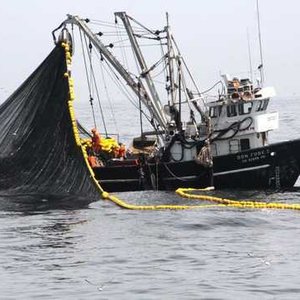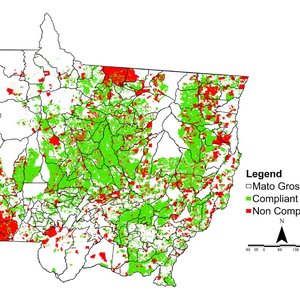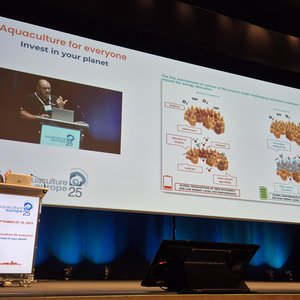In the course of increasing demands on the quality and traceability of food of animal origin, the entire value chain is confronted with ever-increasing requirements and significantly increasing complexity of demands. This means that feed nowadays not only serves to meet the demand of the animals but also has to guarantee their health and performance. Furthermore, feed is the basis for an environmentally and animal-friendly production of food, for safety and quality in the value chain and the profitability of the agricultural operation. In order to meet these new requirements on the testing side, the Test Center Technology and Farm Inputs of the DLG (German Agricultural Society) fundamentally redesigned its approach to feed certification. The first test contents were presented for the certification of N-/P-reduced feed as a pilot group, which will conclude with the award of the DLG quality seal. Further focal points will follow shortly.
“With the reorganization of DLG’s feed certification, we are taking into account that, unlike in the past, feed in animal husbandry is no longer just a guarantee of high performance by means of optimal nutrient supply for the animals,” said Sander Schwick, test engineer for feed certification at the DLG-Test Center. Michael Eise, division manager for all tests of farm inputs, added that “by using modern feed, we’re able to and also have to meet higher animal welfare requirements in the future. Additionally, in terms of environmental protection, we can have a very positive effect on nutrient output from the stalls. All these aspects were taken into account when we completely redesigned our test regulations.”
Stefano Mastrogiovanni, managing director of the DLG Test Center, rates the strategic realignment of DLG feed as positive, that preserves the tried and tested, such as the certification of the manufacturing process, compliance with supply recommendations and continuous product monitoring, but at the same time creates the possibility of special product certifications that are specific to the test mark to include precisely defined additional criteria in the examination. “With this new, modular test structure, we will be able to react much faster to changing market requirements in the future, as we only need to add these special test criteria to the test framework and not have to completely revise it,” said Mastrogiovanni. The change to the DLG quality seal also increases flexibility as an award.
Pilot product group: N-/P-reduced feed
With a special test mark for N-/P-reduced feed in accordance with the requirements that are described in DLG Expert Knowledge Series 418, 444 and 457 for beef, pork and poultry, the DLG Test Center is now about to grant its first certifications. Nitrogen and phosphorus-reduced feed guarantees that the animals are optimally supplied with protein or amino acids and phosphorus while at the same time the excretion of nitrogen and phosphorus via feces and urine is maximally reduced. The possibility of up to 20% less nutrient output from the stable thus can lead – especially in typical livestock regions – to a significant reduction of nitrate pollution into the soil and groundwater without burdening the animal owner with immense costs.


